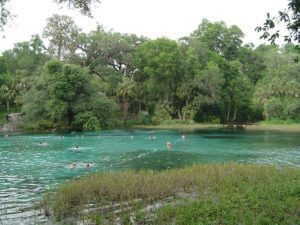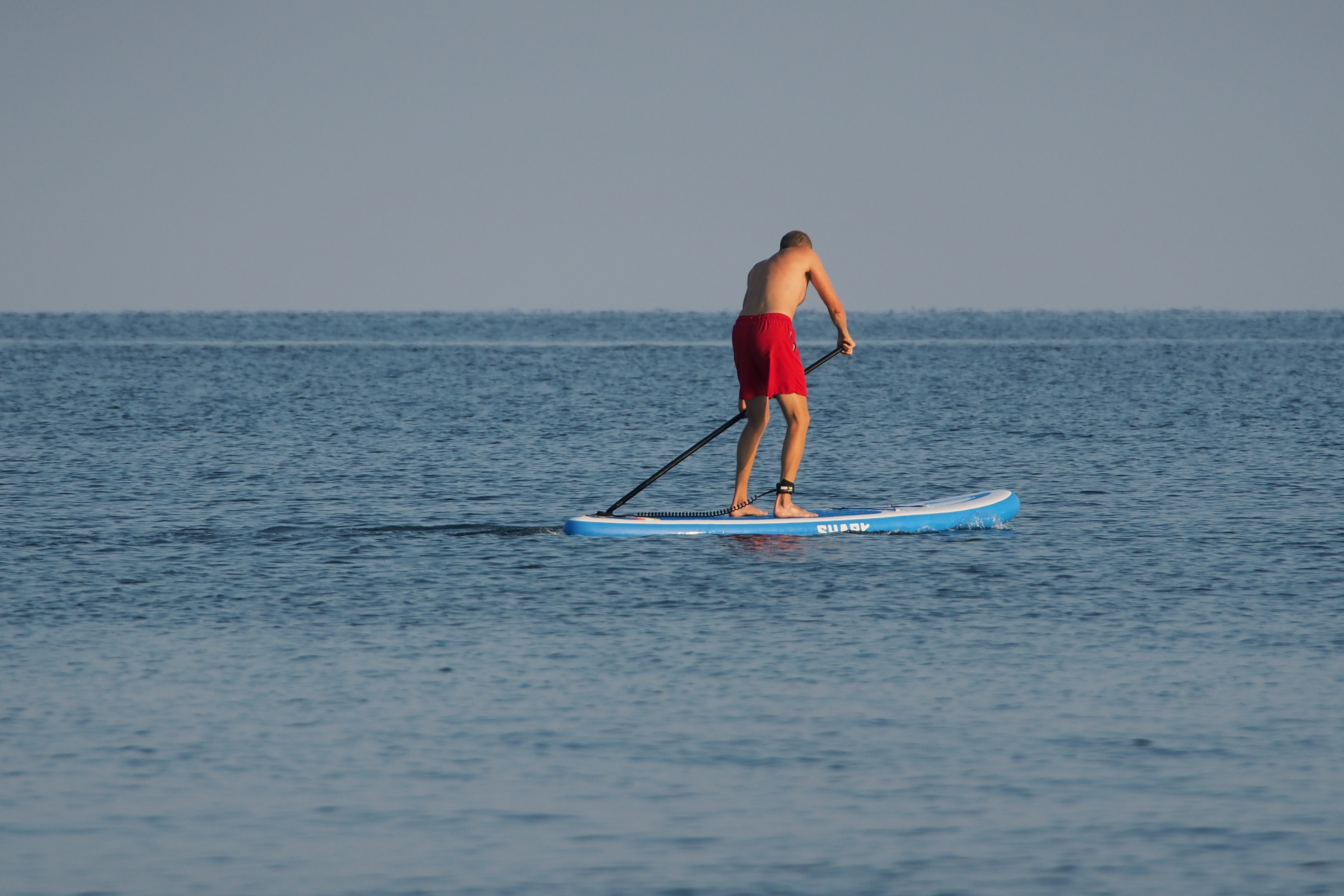Water enthusiasts, adventurists, and campers love kayaking and canoeing. However, there are potential hazards associated with kayaking, especially in waters that have dangerous wildlife, such as crocodiles, alligators, sharks, and hippos.
Therefore, there are some tips you can follow to stay safe when kayaking in such waters. Here are some of the tips you should consider to stay safe.
Weather Conditions
In every kayaking or canoeing excursion, weather plays a big role, because it determines the visibility and calmness of the water. Warm and sunny days are ideal for kayaking, although some people prefer doing it at any given time, as long as they feel safe doing so.
If you are to kayak in dangerous waters, you need to have good visibility so you can maneuver with ease. As a result, you should not kayak in cold weather, because there is a high probability that you won’t see clearly, and this would jeopardize your safety.
In addition, you need to avoid storms and strong winds, because they make the waves rougher, reduce visibility, and can make you tip over. This is especially dangerous when there are deadly reptiles, snakes, sharks, hippos, etc.
One of the things you should avoid is swimming in such bodies of water, making it more probably to encounter dangerous animals. Hence, you should always be in your kayak, and try as much as possible not to go near the animals, because they can attack you.
Hippos may look slow because they’re so big, but they are surprisingly fast! If you are in a kayak with only a paddle, you would never be able to outrace them.
Editors Note: If you are looking for a stable kayak, click here to read more about the portable Oru.
Tips For Dealing With A Dangerous Wildlife Situation
Since lakes, oceans, and rivers are home to a vast array of marine life, you might encounter some dangerous animals while paddling, even if you are cautious.
Alligators and sharks are the most threatening animals, and you should avoid them as much as possible. However, if you see a shark, you should try to remain calm, because frantic splashing/paddling can draw more attention. If the shark is aggressive, you are advised to hit it on the snout with a paddle to deter it.
On the other hand, if you encounter alligators, make loud noises or blow a whistle, because they hate noises. Finally, avoid fishing and tossing in raw fish scraps while kayaking in dangerous waters, which will tease dangerous.
Water Hazards
Water hazards vary, depending on where you are and the level of your skills. Therefore, you need to be considerate of these two factors, because they will determine your safety. If you are kayaking in dangerous waters, you should look out for any of the following water hazards:
Sweepers – Sweepers are low hanging branches that extend across the water. You need to avoid the sweepers at all costs, because they can make you lose your balance when kayaking. Avoid them with a wide berth to avoid toppling.
Rocks – Even though only a section of the rock is visible, you should keep a safe distance to avoid damaging your vessel, getting injured, or toppling.
Remember, if you are kayaking in dangerous water with sharks and you get injured, your blood can attract them, putting your life at risk.
Strainers – These are submerged, or partially-submerged obstacles that can tip or flip over your kayak. Whenever you approach a strainer (it could be a rock or even a tree), lean towards it to avoid flipping over.
Undercut – Avoid undercuts, because you can get trapped underwater when you get are submerged. Undercuts are usually found in rivers, and they are hard to spot, especially from above water.
As a result, it is important to know where you are kayaking, or seek advice from other kayakers to avoid these water hazards.
Conclusion
Whether it’s protecting yourself from wildlife or dangerous water conditions, take all the necessary precautions and make sure you have all the safety equipment you need. It’s also a good idea to never go alone in these conditions!



